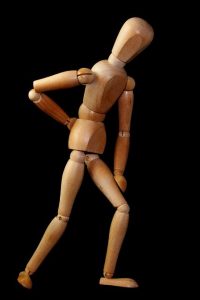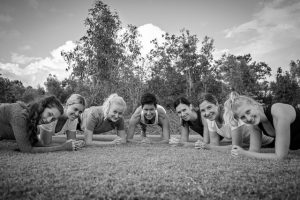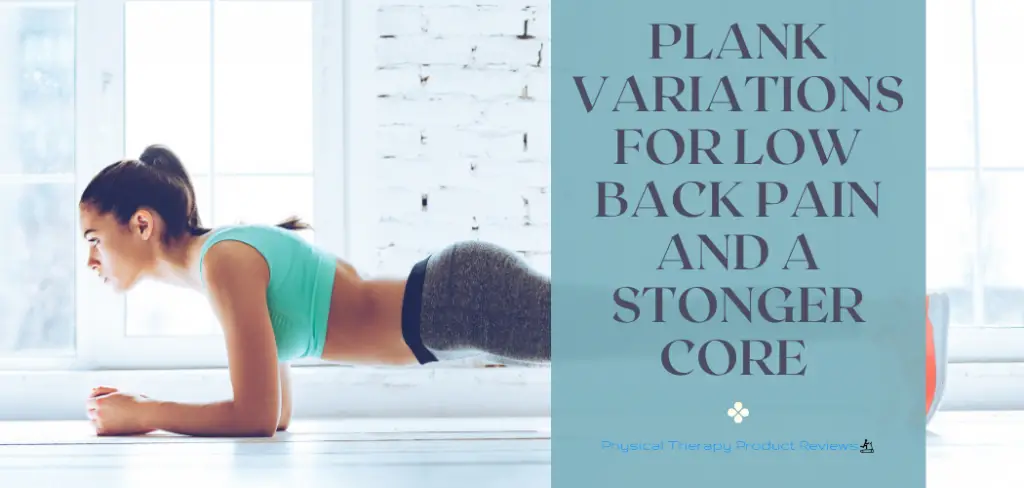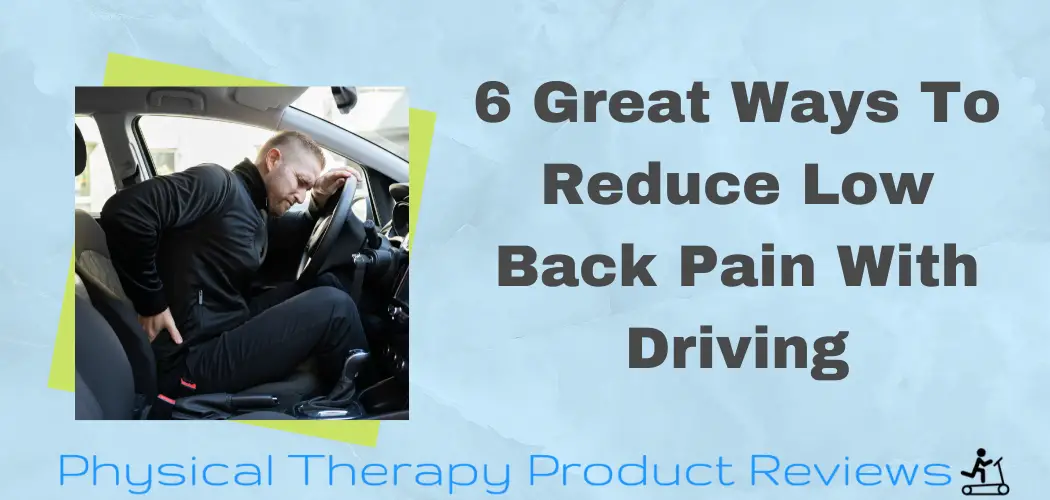Just like those suffering from it, back pain comes in all different (metaphorical) shapes and sizes. With many causes, types, and symptoms, back pain is far from one size fits all. So it should come as no surprise that the stretches and exercises to help with back pain have many variations, too.

The Basics of Back Pain
Back pain can be chronic, appear suddenly, or be caused by seemingly unrelated health issues. Stress can even manifest itself as back pain. Putting aside other medical conditions, there are two main types of back injuries.
 Acute Back Injuries
Acute Back Injuries
Acute back injuries are often severe and sudden. In most cases, the cause of the injury can be immediately identified. These injuries include sprains, strains, ruptured discs, and damage to the nerves. They’re often accompanied by sharp pain, bruising, and swelling. Some causes of acute injuries include:
- Sudden movements outside the norm of regular activity
- Lifting too much weight
- Twisting your back while lifting
Overuse Injuries
These injuries are a little harder to pinpoint because the symptoms appear more gradually. Since the symptoms sneak up on you, it’s a little more challenging to figure out the direct cause, but back pain can stem from:
- Postural changes
- Awkward sleeping position
- Overuse of back through long periods
- Overactivity after too little activity
The Key to Back Pain is staying active. Rest isn’t the best option for healing after a back injury.
Treating and Preventing Back Pain and Injuries
No matter the cause, it’s important to find the right way to treat and prevent back pain. Stretching and strengthening the muscles in your back can help reduce pain and minimize the risk of injury (or re-injury). Planking exercises are a great way to do both.
What’s a plank and how can it help with back pain?
Planks are a full-body workout. They help strengthen muscles in the back, core, and force all your major muscle groups to work together. Planks strengthen your core, improve your posture, and help reduce back pain.
There are a ton of variations when it comes to planks, but here are the best of the best plank exercises.

The Basic (or Prone) Plank
This variation is the OG. It’s basically like doing a push-up on your elbows, but instead of moving up and down, you just hold the fully extended position for as long as you can.
- Start by laying on your stomach
- Lift onto your forearms and toes. Your elbows should be in line with your shoulders and your toes should be in line with your hips.
- Keep your neck relaxed and look at the floor
- Tighten your abdominal muscles and pull your belly button in towards your spine.
- Keep your body in a straight line from ears to toes.
- Hold for at least 10 seconds, then rest
- Work your way up to longer hold times
The Side Plank
Take the boring old plank and turn it on its side. Benefits of this include working with those often ignored quadratus lumborum, which are part of the posterior abdominal wall. Strengthening these improves stability and helps reduce lower back pain. Here’s how:
- Start by laying on your side with your feet together
- Put the forearm closest to the floor directly underneath your shoulder and push up.
- Tighten your core and lift your hips off the ground until your body forms a straight line
- Hold the position for as long as you can, then slowly release back down to the floor
The Side Plank with Clamshell
This variation is great for strengthening your core and helps ease lower back tension, a major cause of lower back pain. It’s also great for your glutes and legs!
- Lay on your side with your knees bent just a bit
- Put your elbow under your shoulder
- Tighten your abs and press up on your forearm to lift your hips as high as you can
- While in the raised position, lift your top knee open (like a clamshell)
- Slowly lower the knee
- Do 2 sets of 10 on each side
The Star Side Plank
This added challenge to the side plank works your core and obliques and helps build a foundation for lifting.
- Lay on your side with your elbow lined up with your shoulder and one leg on top of the other
- Lift your hips off the ground to form a straight line
- Lift your top leg and arm up straight to form a star shape with your body
- Hold for 10 to 15 seconds
The Marching Plank
Once you’ve mastered the form of the prone plank, try mixing it up with marching. This variation is great for your abs, shoulders, and core. Give it a try by:
- Start in the prone plank position
- Pick your right foot up off the floor while keeping the rest of your body still and in position
- Lower your right foot back to the floor and repeat with your left foot
- Repeat 10 to 15 times on each side
Focus on Form
When it comes to planks, you need a great form to get the full benefits. It’s also possible to injure yourself if you don’t do them correctly.
Go slow and take the time to perfect your form before trying any of these variations. Some common errors people make while planking is:
- Arching the back
- Letting hips sag
- Tilting your neck to look up
Make sure you are:
- Keeping your body straight and core engaged
- Keeping elbows in line with your shoulders and feet in line with your hips
- When side planking, use the side of your foot, not the sole, to support yourself
In Review
No matter which variation you try, the plank is an exercise with too many benefits to count. All of these variations will give you a full-body workout. Strengthening your core muscles improves stability and reduces the risk of a back injury. Mix up your workouts by trying something new that can benefit your back.
Work Referenced
Other Great Rehab Related Articles
Dealing with Painful Stairs After Ankle Replacement Surgery
Walking After a Total Ankle Replacement: Tips for a Successful Recovery
Exercises While Non-Weight Bearing After Ankle Replacement: Elevation, AROM, Leg Raises, and More
Ankle Pain with Stairs: Causes and Home Treatment Options
5 Common Mistakes You’re Making After an Ankle Sprain
6 Great Ways to Reduce Low Back Pain with Driving
Disclaimer: The information provided in this post is for educational purposes only. This is not a substitute for a medical appointment. Please refer to your physician before starting any exercise program.








Comments are closed.